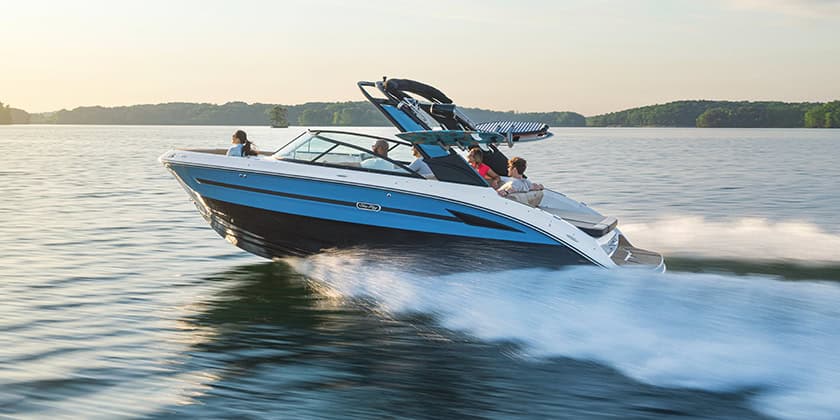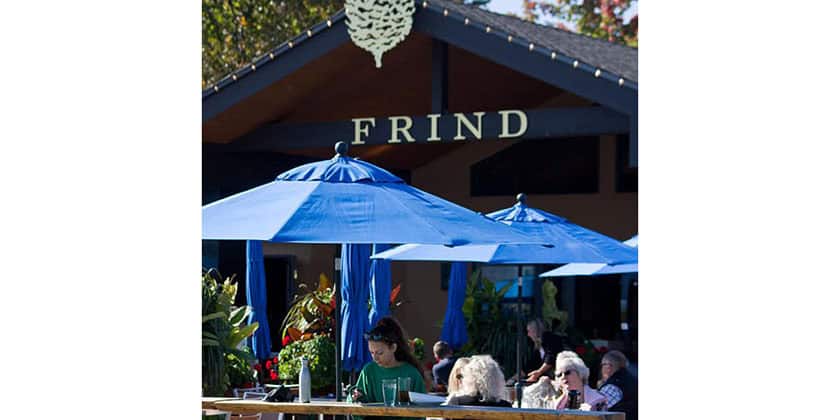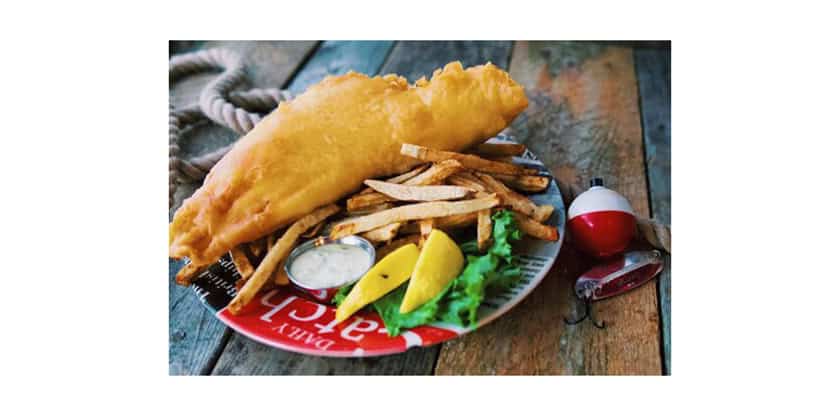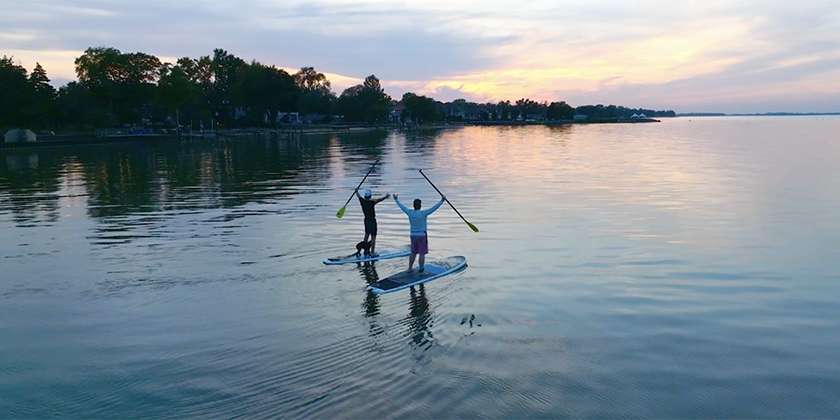CS-36 Cruiser/Racer
By John Turnbull
A remarkable yacht.
The CS-36 is a remarkable yacht and quite unusual for this side of the Atlantic. All the more remarkable is that it is built by a small company in Brampton, Ontario and it’s the biggest thing they’ve done so far. It takes no time at all to recognize that this is some of the best series-production being done anywhere.
Boat-building at this level is not a function of novices. CS has been busy since about 1961 turning out boats in increasing sizes. Before they introduced the CS-27 in 1975, their products had good quality but were fairly ordinary. The 27 deserved the attention it got as a boat with very interesting design features. It was an unusual looking boat, and still is, but is showed unusual crew comfort in a moderately fast boat.
Ray Wall, who drew the 27 while he was employed with Camper and Nicholsons, is also responsible for the CS-36. Now, however, he is in the CS Brampton plant supervising construction and working on future models. The kind of experience Wall brings to CS is hard to come by. He began his apprenticeship with the famous Robert Clark whose distinctive designs won him admiration for many years. His second peer, Colin Mudie, also seems to have had some influence on Wall, which can be seen in the care that has gone into the overall cohesion of the style and detail: witness his treatment of galley fiddles, and the way the joinery and furniture fit into the interior hull moldings. Wall worked on his own for a period before joining Camper and Nicholsons.
 The aim of the design was pretty standard: 36-ft cruiser/racer with good accommodation. How many dozens of yachts claim to fill that bill? Yet, as Wall said, “This is a category everyone wants to fill, but surprisingly there aren’t many around with really good accommodations.”
The aim of the design was pretty standard: 36-ft cruiser/racer with good accommodation. How many dozens of yachts claim to fill that bill? Yet, as Wall said, “This is a category everyone wants to fill, but surprisingly there aren’t many around with really good accommodations.”
A capsule description of the interior – teak joinery, fibreglass modules, teak-and-holly sole- doesn’t do it justice. As one would expect, it’s the designer’s particular talent that turns an ordinary concept into something deserving close attention. There is nothing unusual about the layout.
A glance at the interior plan will show that Wall has followed fairly standard practice here. But a walk through the cabin demonstrates the importance of first-class design and attention to human proportions. It’s not so much the way the interior looks as the way everything, including hand-holds and elbow room, seems to be just in the right spot. This is a cabin that can be lived in even though it has only the basic elements of a standard interior for a 36-footer.
Extra details it does have. For example, the forward cabin is usually considered adequate if it has some drawers under the bunks. Here Wall has designed a set of drawers with cupboard and mirror that will serve the crew well when all five or six are cleaning up for dinner. There’s nothing complicated or awkward about it; it just fits right in.
 The same attitude is evident in the head. Only a few yachts have a teak sole grating, but there is nothing better
The same attitude is evident in the head. Only a few yachts have a teak sole grating, but there is nothing better
for the shower stall. Instead of draining water into the bilge as has been done on some recent designs, the shower sump has its own electric pump. A hand-hold is well-placed near the head, and this head is one of the few with enough knee room to be used underway with the door closed.
The large navigation table is comfortable to use, the shelf space above it is big enough to accommodate radio, Loran and several volumes of reference books. Plenty of natural light reaches the table, probably reflected from the white fibreglass cabin side.
I could go on and on about the interior but the accompanying photos should give you the picture. One last detail, though: the counter-tops in the galley are stainless steel, the only choice for a serious cook and the lid for the cooler takes up the entire aft side of the galley but is made with hinged sections. There’s every indication that electrical and plumbing work has been approached with the same thoroughness.
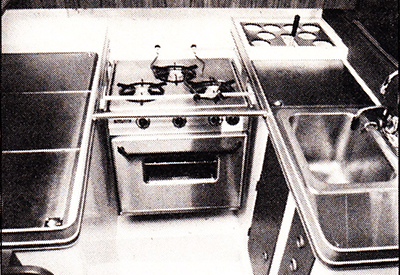 The whole impression the 36 interior gives reminds me of a remark made by Rosemary and Colin Mudie in their book Power Yachts (Adlard Coles, 1977): that a boat that claims to accommodate a number of people by having that number of berths must also have enough of everything else to accommodate them for the greater part of their time aboard when they are awake. It must have enough standing space, working space, water in the tanks and locker space, not just berths, before it can claim to accommodate four or five or six or whatever number. The interior of the CS-36 has been designed on that principle.
The whole impression the 36 interior gives reminds me of a remark made by Rosemary and Colin Mudie in their book Power Yachts (Adlard Coles, 1977): that a boat that claims to accommodate a number of people by having that number of berths must also have enough of everything else to accommodate them for the greater part of their time aboard when they are awake. It must have enough standing space, working space, water in the tanks and locker space, not just berths, before it can claim to accommodate four or five or six or whatever number. The interior of the CS-36 has been designed on that principle.
It’s a relief, in an evaluation like this, to find something I don’t like. It isn’t serious for such an elegant yacht, but I was disappointed in the appearance of the trunk. It’s well-enough proportioned and I can’t think of anything that would improve its function, but it just doesn’t have the élan the design deserves. On a wooden yacht with large areas of wood deck and well-defined outlines, this low trunk with a row of equal-size port-lights would come off looking capable and serious. With the single colour on a fibreglass deck, however, this same row of port-lights gives the 36 a squinty look. Giving clearer definition to the edge of the trunk would do a great deal for the boat ‘s appearance, which is otherwise delightful.
Wall is aware of this aesthetic problem and doesn’t underrate it. On the boats shipped to Europe, a wide, dark band will be used along the cabin side and the port-lights will be the non-opening variety, suitable for cooler weather. In North America, however, opening port-lights are essential, and the type required don’t lend themselves to that colour treatment. The possibility of putting a narrow stripe along the upper edge of the trunk is being considered.
On a yacht this size, where the cabin trunk is a good 12 ft or longer seeing over it is a rare pleasure. This isn’t a problem on the 36, because although the cockpit seats don’t feel particularly high, visibility forward is good. There is a choice to be made where the cockpit layout is concerned. Some, more serious about racing, may prefer to have the mainsheet track separate the cockpit into two sections. Otherwise, the track crosses the cabin top forward of the companionway hatch.
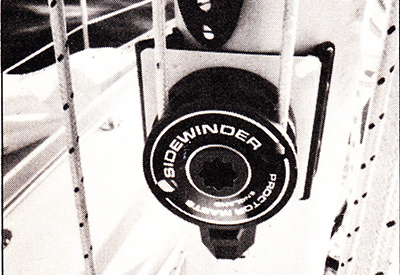 Fittings everywhere are excellent. The turning blocks at the base of the mast which carry halyards back to the cockpit are typical. Something we may see more of on yachts this size is the Proctor Sidewinder-a winch for driving the spinnaker-pole car up and down the track. Hydraulics are optional on the backstay and the boarding ladder is integral with the stern rail; now that’s an interesting combination.
Fittings everywhere are excellent. The turning blocks at the base of the mast which carry halyards back to the cockpit are typical. Something we may see more of on yachts this size is the Proctor Sidewinder-a winch for driving the spinnaker-pole car up and down the track. Hydraulics are optional on the backstay and the boarding ladder is integral with the stern rail; now that’s an interesting combination.
The shape of the 36 underwater is modern in every respect for a hull of moderate displacement. It has a fairly distinct knuckle in profile, a well-defined fin on the shallow underbody, and a flat run aft ending in a faired-in skeg. The rudder is moderately deep. Wall claims “The average owner won’t have to feel watchful of the boat’s behaviour; it won’t feel skittish in any situation and it will track well under a spinnaker.”
The day I sailed the boat there wasn’t enough air to reveal much about her speed or handling. However, it would have to be pretty awful to jeopardize the boat’s overall appeal, and that seems unlikely.
Paul Tennyson, president of CS Yachts, reports that the 36 has attracted a dealer in Holland who expects to offer the boat alongside Camper and Nicholsons and Nautor. The kind of quality we’ve been used to thinking of as European may begin to be known as Canadian.
Originally published in Canadian Yachting’s May 1979 issue.
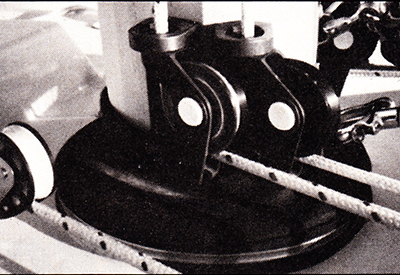 Specifications:
Specifications:
Length – 36ft
Beam – 11ft 6 in
Engine – Westerbeke W30
Water Tank – 140 gallons
Fuel Tank – 35 gallons
Photo Captions:
Photo 1 – The CS-36: one of the best series built yachts anywhere; note skippers visibility.
Photo 2 – Ray Wall, designer.
Photo 3 – The interior layout takes human proportions firmly in mind.
Photo 4 – Galley counters are stainless steel.
Photo 5 – A sidewinder spinnaker pole car.
Photo 6 – Best quality fittings are standard throughout the boat










